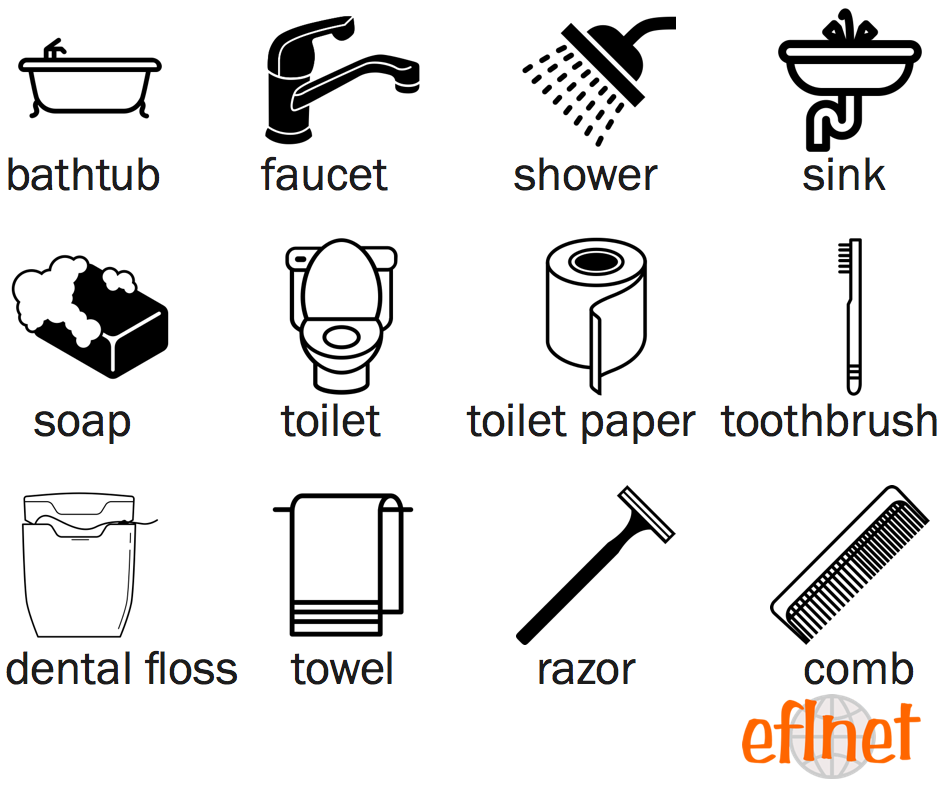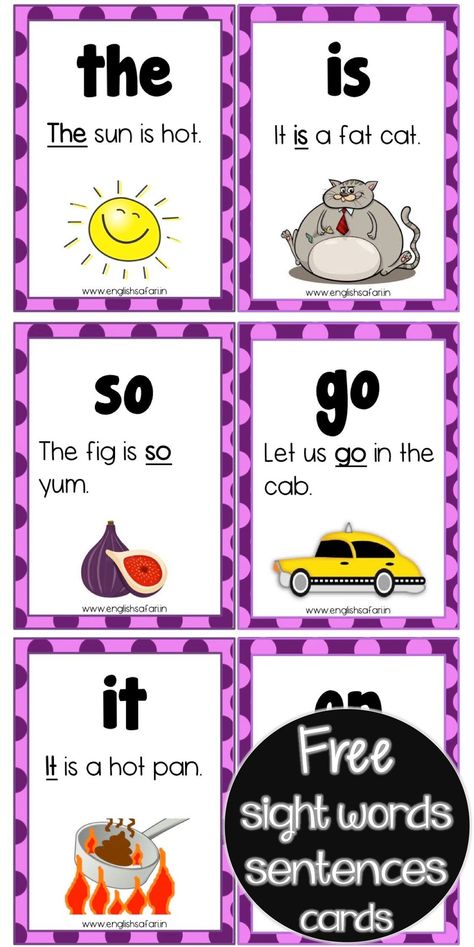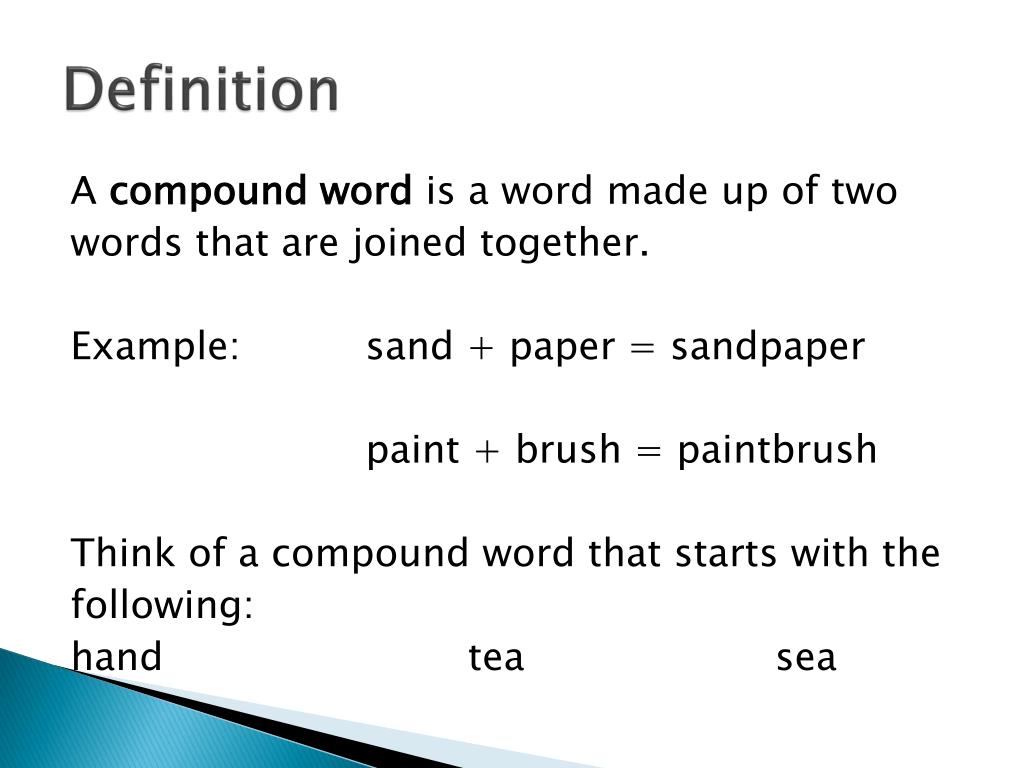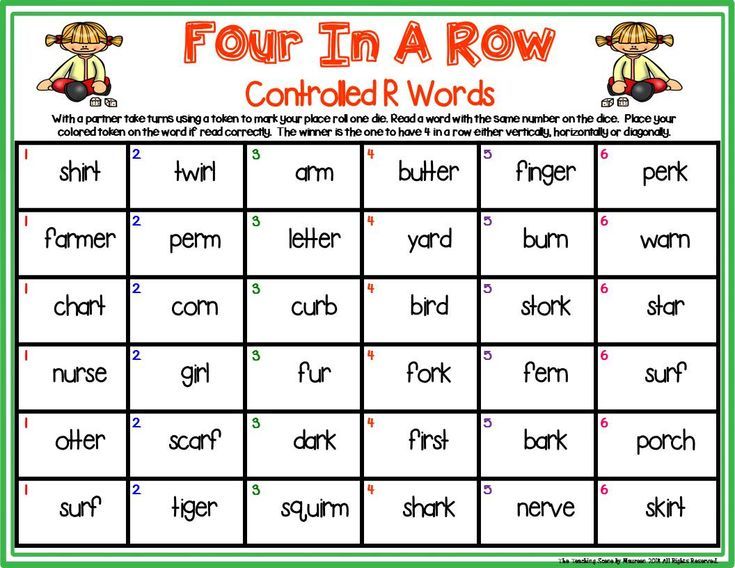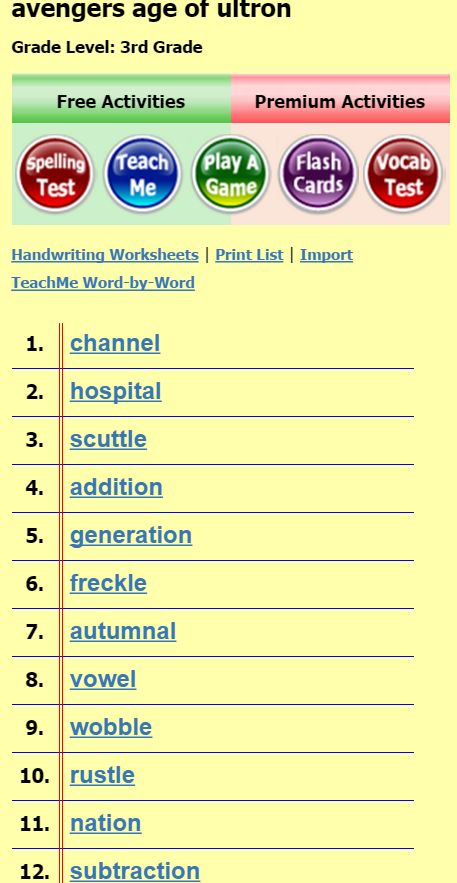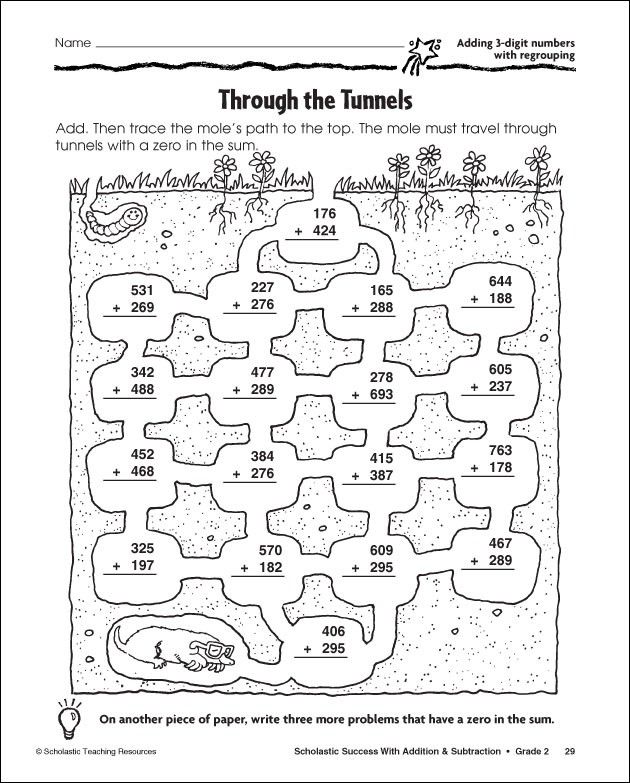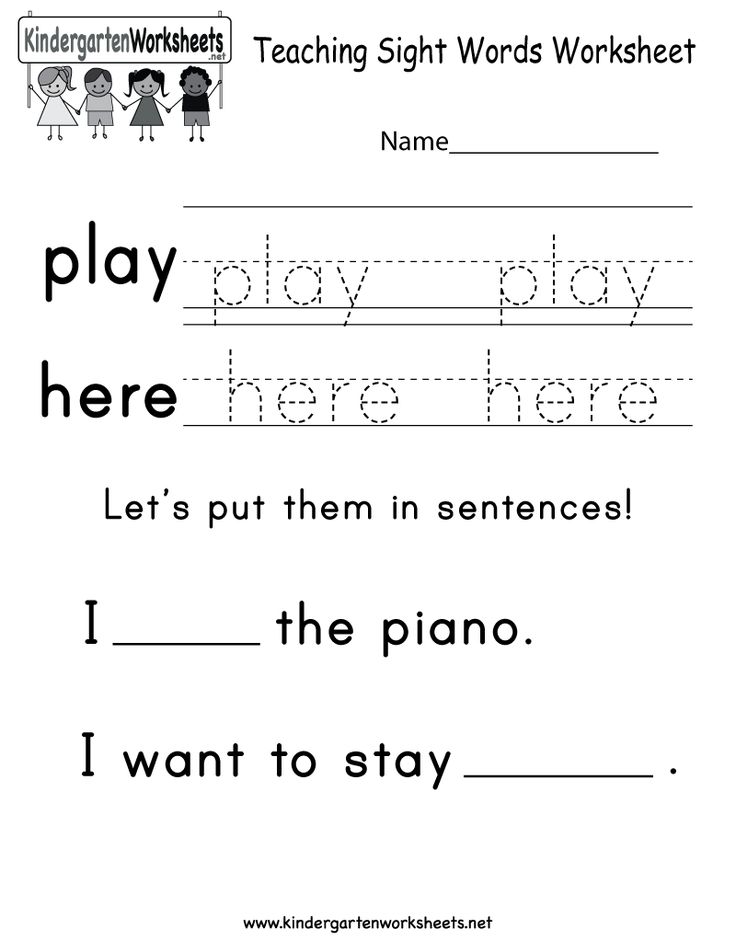Vocabulary list for toddlers
Ultimate Word list: Words to teach a One Year Old (free checklist)
by Alexa
When I went to the pediatrician for my son’s one-year-old checklist I was surprised by the question the doctor asked me.
I was prepared for the doctor to ask me how so many questions but you know what the main question was that I was surprised with? How many words does your one-year-old say?”
By the time your baby is 12 months old (one year old) he or she probably can say between one to three words. Before their 2nd birthday, they usually will say about 50 words.
Is your toddler talking enough?
What does enough mean? how many words should you teach a One Year Old?
Should you work on extra activities to teach your toddler to talk?
Language development is key during this year, but if you are asking what words should they know or what to focus on, this handy checklist will be your best friend!
Download the PDF below or folow along the guide.
Before we get into the actual list, let me explain a few things so that you don’t freak out if your child is not talking like your next-door neighbor’s daughter and you can have the right expectations.
Your toddler might not be saying much but he/she can definitely understand more than he/she can say.
You may also notice other types of communication such as pointing, signing, and cooing. These are all forms of communication and great milestones to saying complete words that will eventually turn into sentences.
If your child is doing great with signing, continue to encourage that along with the words to give him/her the tools to communicate with you.
How many words can a one year old understand?
One thing is to understand the words and another is to speak them.
At 12 months old your toddler can understand about 50 words but can only be able to say 2-3 words.
How many words should a 1 year-old say?
From your toddler’s first birthday until the second they will go from saying 2-3 words to saying about 50 words!
What is a late talker?
By the age of 20 months, children should have about 20 words, according to DeBlasio — 2 years old is a crucial time for language.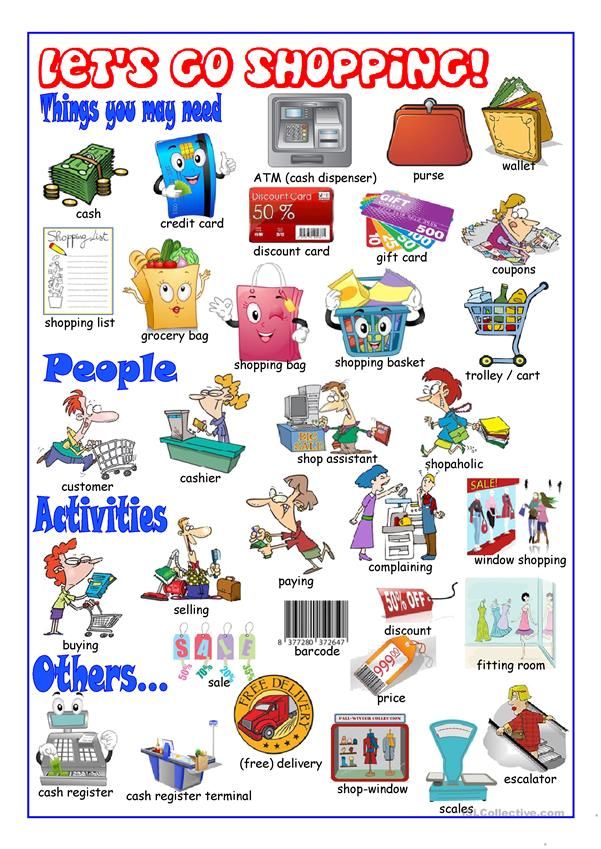
“By age 2, a child should have at least 50 words and be starting to put words together,” DeBlasio says. “Most kids will have a language explosion between 18-24 months, but generally, I worry if I’m not hearing about 20 words by the time a child reaches 20 months.”
Care.com
But it could be a lot difficult to know if they’re actually hitting the right milestones. The reason is, every kid develops at their own pace, and so the only way to help them pick up vocabulary words is to introduce words to them daily.
Most toddlers learn to say nouns, or names of people, places, and things first. Your toddler will also needs words for actions, locations, and descriptions (adjectives/adverbs) so that he can combine these to form phrases. Use everyday games and activities to encourage the following words.
words to teach a one year oldNaming familiar objects – They will begin to be able to name some familiar objects between 12 and 18 months.
TEACH YOUR ONE YEAR OLD COMMON NOUNS
Teach words that they see and play with every day.
Make a habit of point to things daily and repeat them. It may sound silly, but to make anything impactful you have to do that. The more your child will hear the word, the quicker he will comprehend it, and be able to repeat with you.
For instance, say sit-sit when you want your kid to sit down. Similarly, while pointing toward pictures of a ball, say ball-ball.
Below is a video of the technique I used to encourage talking. We start with the first letter sound and encourage to repeat the rest of the word as I point the object.
- Ball
- Book
- Train
- Bike
- Car
- Truck
- Boat
- Plane
- Baby
- Bowl
- Spoon
- Sock
- Shoe
- Shirt
- Pants
- Hat
- Star
- House
- Tree
- Bath
- Chair
- Table
- Bed
- Blanket
- Cookie
- Cracker
- Cheese
- Apple
- Banana
- Milk
- Juice
- Water
- More
- please
- Thank you
- hi (or hello)
- bye-bye
- Again
- sorry
- Yes
- No
TEACH YOUR ONE YEAR OLD COLORS
from 12 months to about 16 months your toddler will be able to identify correctly primary colors.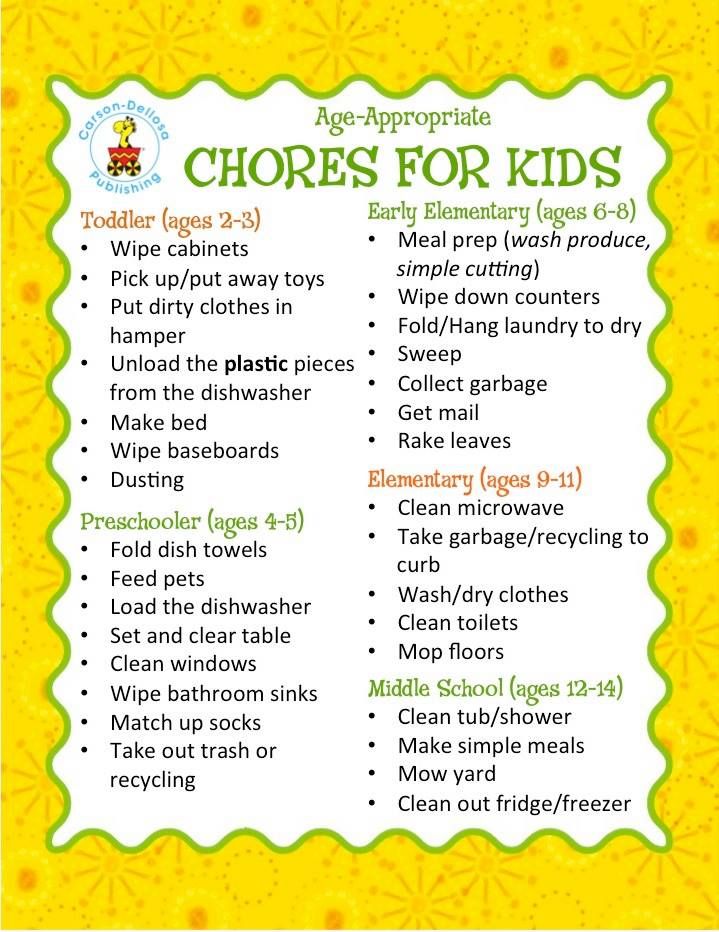 They might not be able to say them until after but you can start teaching colors and their names at one year old.
They might not be able to say them until after but you can start teaching colors and their names at one year old.
- Red
- Blue
- Yellow
- Green
- Eat
- Drink
- Go
- Stop
- Walk
- Sleep/night-night
- Wash
- Kiss
- Open
- Close
- Broken
- Play
- Want
- Hug
- Give (“gimme”)
- All done
- Help
- Shake
- Look
- Sit
- Blow
- Cry
- Throw
- Come (“C’mon”)
TEACH YOUR ONE YEAR OLD LOCATION WORDS (PREPOSITIONS)
- Up
- Down
- On
- Off
TEACH YOUR ONE YEAR OLD WORDS THAT DESCRIBE (Adjectives/Adverbs)
- Big
- Little
- Hot
- Cold
- Funny
- Dirty
- Clean
- Gentle
- Wet
- Soft
- Fast
- Slow
TEACH YOUR ONE YEAR OLD QUANTITY WORDS
As an early start to words you can also integrate sign language.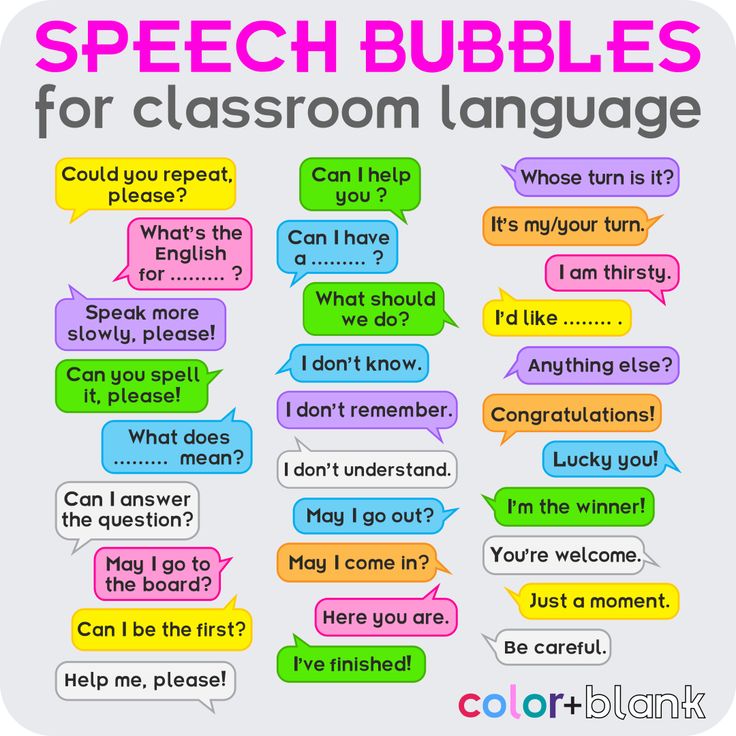 Signs are easier to mimic and if you accompany them with the words you can reduce frustration during the toddler years.
Signs are easier to mimic and if you accompany them with the words you can reduce frustration during the toddler years.
- All
- None
- More
- Numbers (1, 2, 3, 4, 5)
TEACH YOUR ONE YEAR OLD PRONOUNS
- Me
- Mine
- My
- I
- You
TEACH YOUR ONE YEAR OLD ANIMAL NAMES
Most one year olds can identify animals by their sounds (example “neigh”), continue to associate sounds with the name of each animal when playing or using a learning binder. This will encourage them to use the word and not just the sounds (example: Horse).
Children do well-imitating speech when it involves movement or actions. This is the best way to encourage speech. There’s actually a reason behind why children learn to make animal sounds earlier than saying actual words. It’s because it is really simple for kids to learn.
Here are a few animal names you can encourage learning. We do this teaching through our learning binder which combines animal sounds, names and interactive games.
- Dog
- Cat
- Fish
- Bird
- Duck
- Cow
- Horse
- Bunny
- Bear
- Pig
- Lion
- Elephant
- Giraffe
- Zebra
- Monkey
- Chicken
- Bee
- Frog
Print out the PDF Checklist!
If your toddler is not talking enough, and you are feeling they are not talking as expected, Try some of these speech games recommended by a speech pathology or you can use the learning binder to encourage speech with our interactive games. If you are concerned and think your child needs some speech therapy assistance, reach out to your pediatrician as they may be able to refer you to an early intervention speech program.
What’s next?
Wondering if your child is on track with all of his/her milestones? Do you know exactly what you should teach this year to give them a headstart when entering PreK? Find out more
2 Year Old's Vocabulary Word List
Learn about the type and the number of vocabulary words for toddlers and see for yourself if your child is on the right track.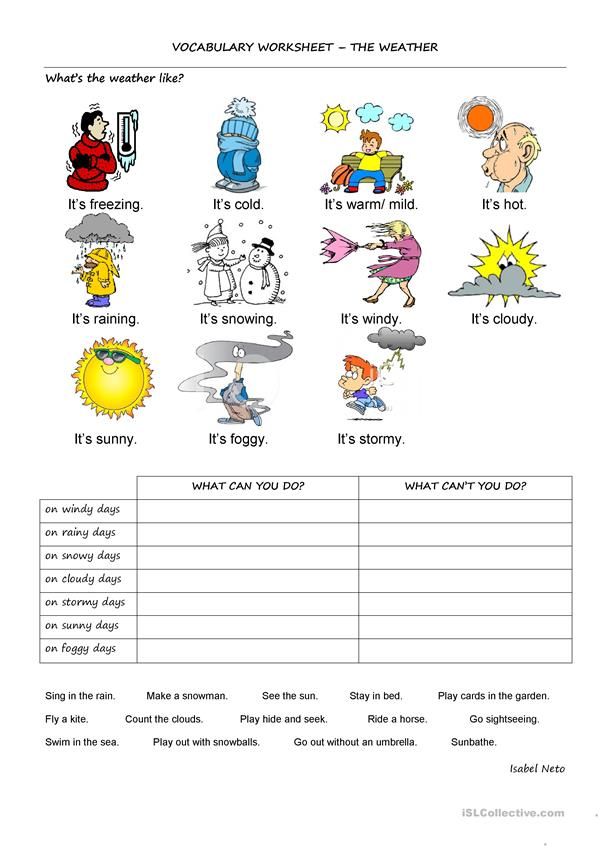 Learning the art of communication will open new doors of learning for him. Find out how you can help.
Learning the art of communication will open new doors of learning for him. Find out how you can help.
From changing nappies to holding your baby when he’s sick to holding his hand to help him walk, the whole journey in the first two years of his existence has been incredible. At two years, most toddlers are babbling words and will soon start to talk in broken sentences. This will mark their transition from being dependent tots to slowly moving to being independent and confident.
1. Ways to Encourage Your 2-year-old
- Always have a two-way communication, being watchful of both verbal and non-verbal communication so that your child knows that you understand what he’s saying.
- Always talk in the first person and in the way you normally talk at home. Do not have separate baby communication for your toddler.
- Do not correct the grammar of your child, at least initially. Rather, just speak the grammatically correct sentence. Chances are, your toddler will repeat that and remember it.
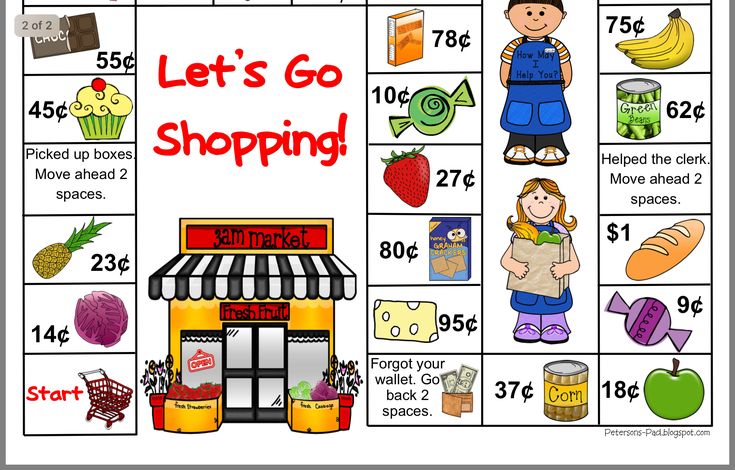
- Be patient and never interrupt your child when he’s learning to make sentences. Remember, we all learnt this way! Trial and error is what he needs to undergo before he perfects speaking.
- Read stories and tell him about meaningful things around him on a daily basis to improve his imagination and communication skills.
2. How Much Should a 2-year-old Be Talking?
Learning new words is a continuous process and a typical 2-year-old should know about 50-70 words. He may be only speaking single words at two years but over the course of the year, vocabulary development speeds up and he’ll start using two- or three-word sentences like ‘Want milk’, ‘Sleep bed’ and ‘Give ball’. If your child is using less than 20 words by the age of 2 years, consider getting him tested for hearing problems.
3. Average Vocabulary of a 2-year-old
The average vocabulary of a child keeps growing. By the third year, he starts using pronouns like ‘I’, ‘we’ and ‘you’ in addition to knowing about 50 words.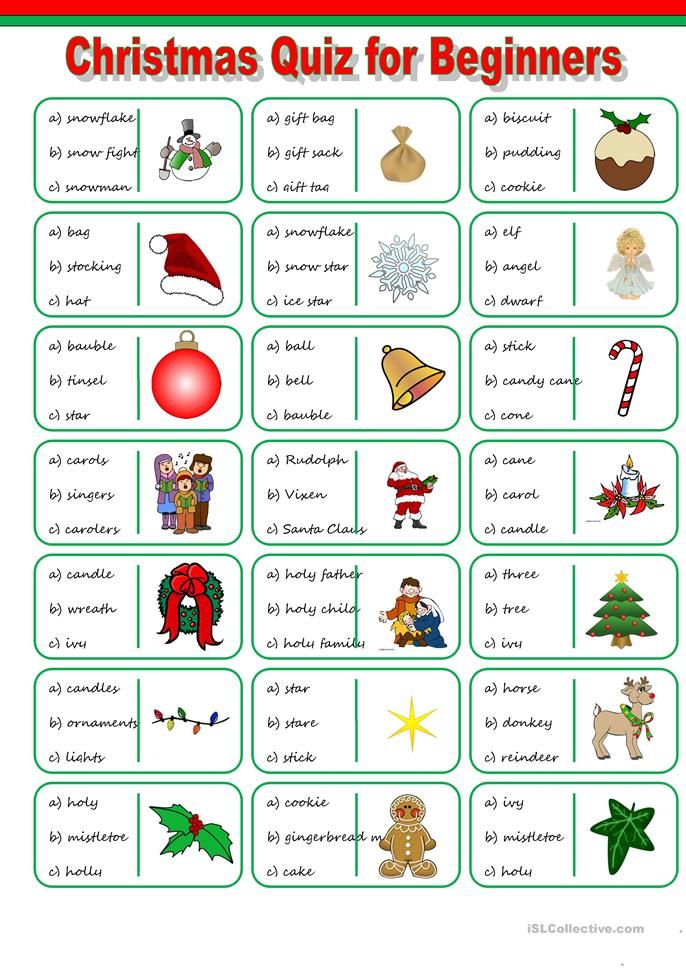 He’ll soon start saying simple sentences to express his needs and wants like ‘I want mommy’, ‘We are going’ and ‘I want my cup’. The more you speak with him, the quicker he’ll be able to pick up words and string sentences together.
He’ll soon start saying simple sentences to express his needs and wants like ‘I want mommy’, ‘We are going’ and ‘I want my cup’. The more you speak with him, the quicker he’ll be able to pick up words and string sentences together.
4. Common Words Your 2-year-old Should Know
Assuming that the medium of communication at home is English, a toddler’s vocabulary commonly consists of these 25 words:
- Mommy
- Daddy
- Baby
- Hello
- Bye-bye
- Dog
- Cat
- Ball
- Nose
- Eye
- Milk
- Juice
- Banana
- Cookie
- Yes
- No
- Book
- More
- All gone
- Car
- Hot
- Thank you
- Bath
- Shoe
- Hat
The mantra is to be patient and love each moment of the process, just like how you’ve been appreciating the first two years of his life. Your 24-month-old toddler’s vocabulary list will soon expand under your guidance.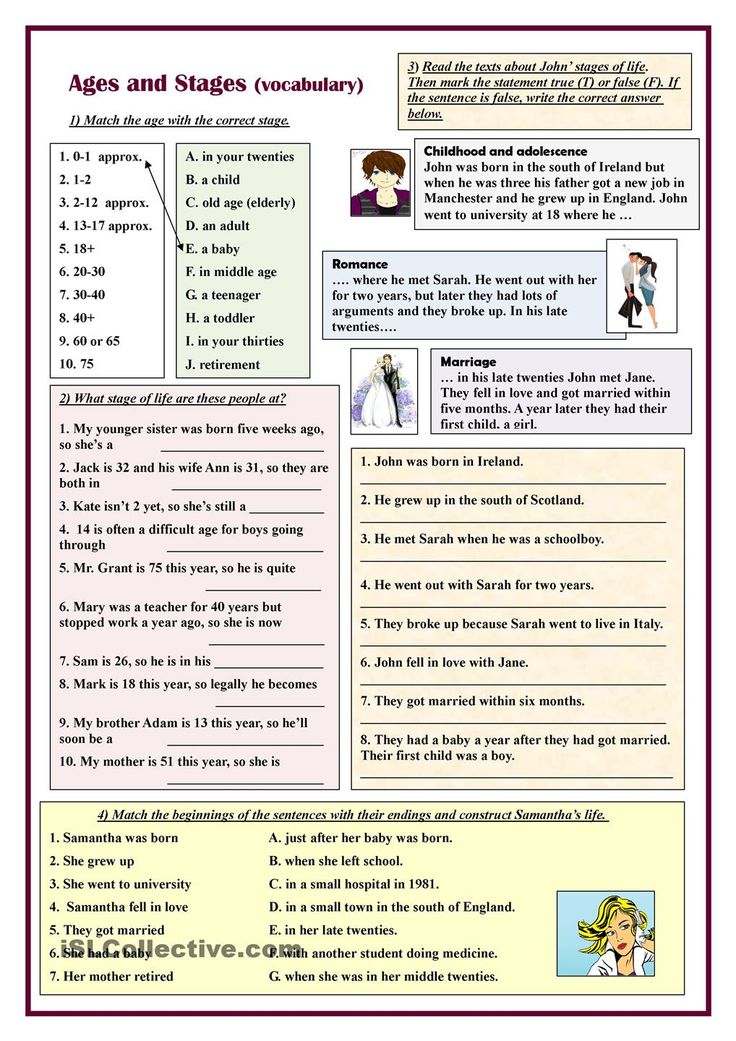
My first words: English words for children
How to raise a polyglot child? The answer is simple: start learning languages with him as early as possible. Basic English will be an excellent foundation for the future knowledge of the baby and will help develop learning skills, because the brain of children at an early age absorbs an almost endless amount of information like a sponge. The main thing is to present it correctly.
In this article you will find not only simple first English words for children, but also recommendations for learning them. Open to your kid the fascinating world of English! nine0003
At what age do we start teaching?
Opinions of experts and parents themselves about the age at which it is worth starting to learn English with a child differ. Of course, you can start singing lullabies to your baby in English even from infancy, but your strength will be almost wasted.
Most agree that the most optimal age from which the average child begins to adequately learn English as a foreign language is 2.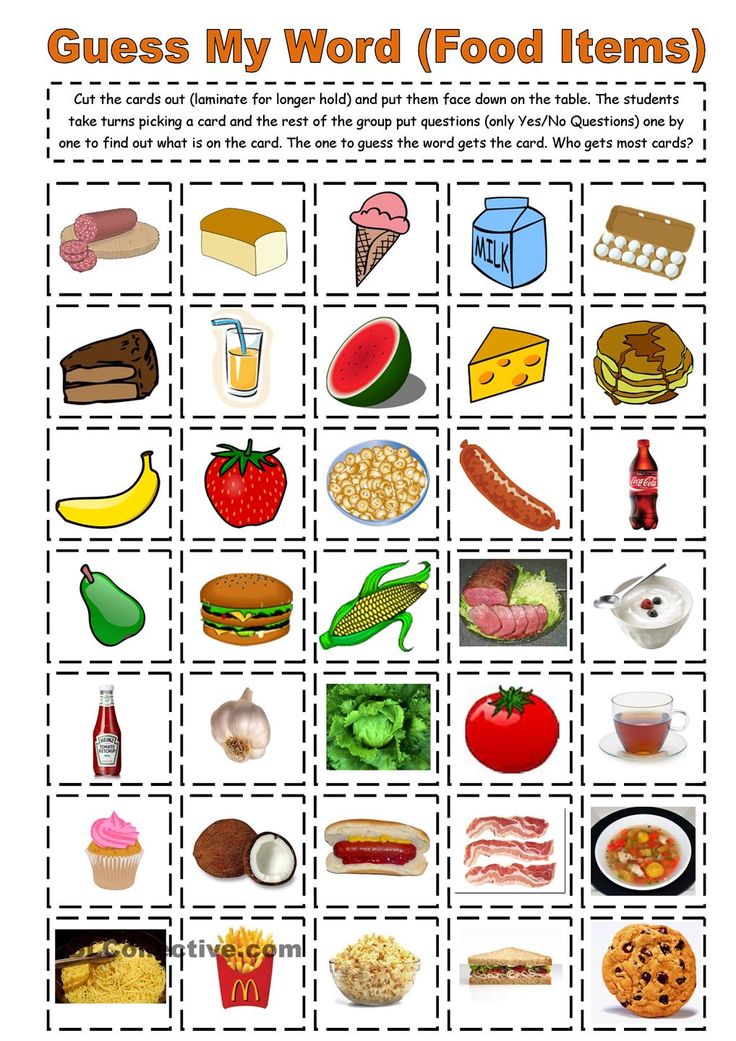 5-3 years. It is believed that at this age the process of formation of native speech is already ending. That is, the child must be able to clearly pronounce Russian sounds and words, as well as build sentences and have a coherent speech. nine0003
5-3 years. It is believed that at this age the process of formation of native speech is already ending. That is, the child must be able to clearly pronounce Russian sounds and words, as well as build sentences and have a coherent speech. nine0003
The exceptions here are when the child grows up in a multicultural environment. For example, if the mother is Russian and the father is English, then it is possible to communicate with the child in two languages from the very beginning. True, then your child will be funny to form sentences, and questions like: “Mom, can I have an apple” will constantly sound in the house.
This approach is good when the family lives abroad, where the main language is a foreign one. As the child gets older and starts attending kindergarten, the child will understand the difference between the languages of his parents and begin to use the words in the correct context. This applies, by the way, not only to English, but also to any foreign language.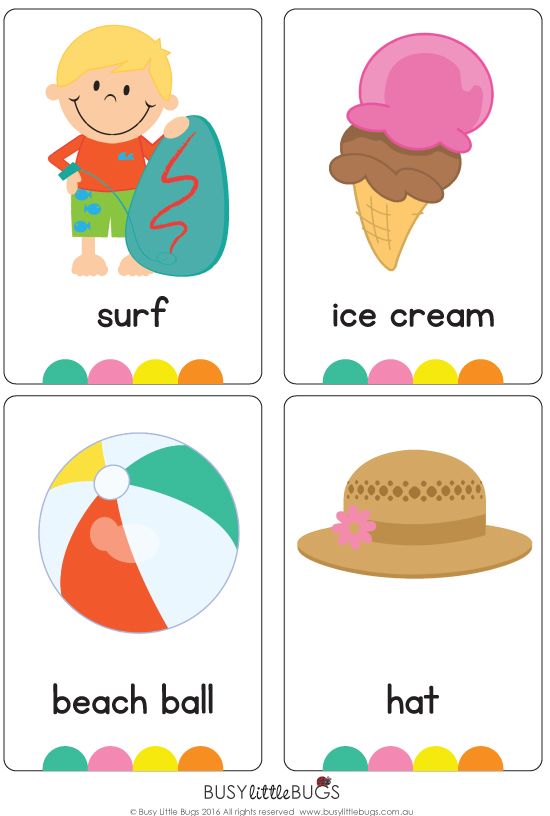 nine0003
nine0003
If you want your child to speak only English from the very beginning, you can create an artificial multicultural environment. For example, at home talking with the baby only in a foreign language.
Is it possible to send a child to a language nursery or kindergarten with an English focus? Then do it without any hesitation. So the multicultural environment will be natural for the child: in the nursery they will communicate with him mainly in English, and at home you will be able to talk with the baby in Russian. In specialized language kindergartens, teachers will help your child learn English in a natural environment, and at home you can consolidate knowledge with him through various games and riddles. nine0003
If it is not possible to send your child to a language kindergarten, start learning English at home using the same methods that you used to learn your native language with him.
How to learn English with a child?
At a young age, of course, we are not talking about grammar or writing English words.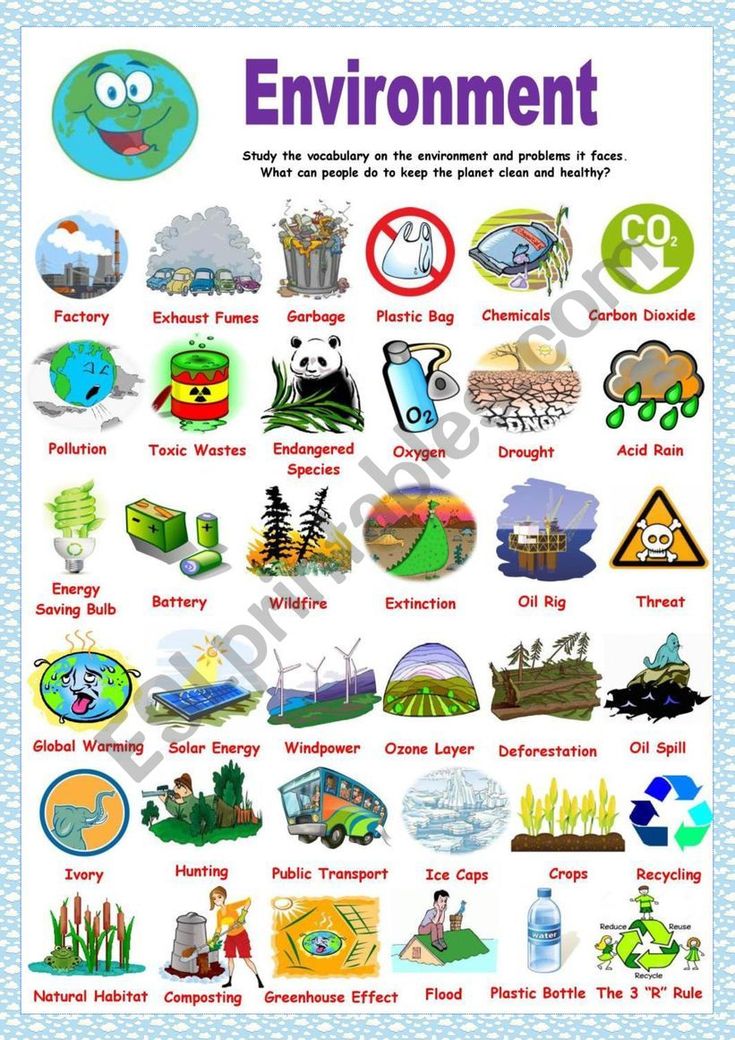 To begin with, the child needs to learn how to pronounce sounds correctly, remember letters and form a basic vocabulary. By the way, it will be much easier for a kid than for an adult to remember the correct pronunciation of English sounds, which are so different from Russian ones. They will not have to rebuild their articulation apparatus as much as we, adults, who have been speaking their native language for many years. nine0003
To begin with, the child needs to learn how to pronounce sounds correctly, remember letters and form a basic vocabulary. By the way, it will be much easier for a kid than for an adult to remember the correct pronunciation of English sounds, which are so different from Russian ones. They will not have to rebuild their articulation apparatus as much as we, adults, who have been speaking their native language for many years. nine0003
Here is a list of skills to develop in a preschooler first:
- listening to speech
- speaking
- reading
To make learning English not a burden for a child, add an element of play to the learning process.
Get a colorful glove doll and make it a kind of "teacher" for your child. Introduce your baby to a new toy and say that it only understands English, which means that in order to play with it, the child needs to learn an interesting new language. So this toy will become the main intermediary between you and your child in learning English.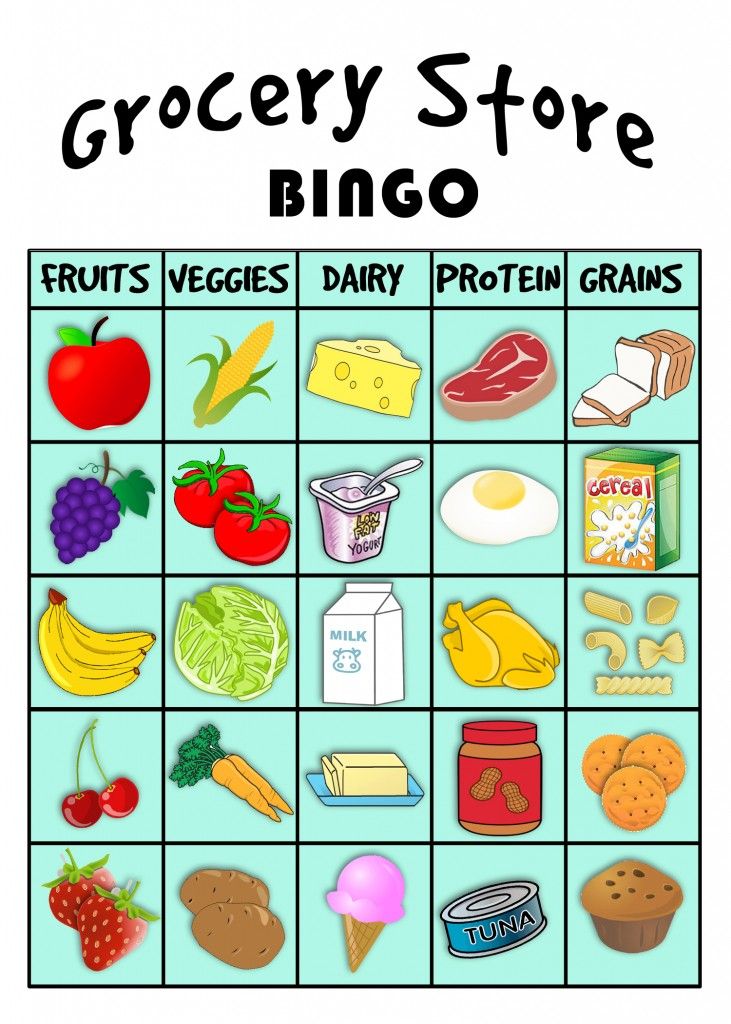 nine0003
nine0003
First of all, learn the alphabet and the correct pronunciation of letters and basic sounds with your child. Make it better with the help of the popular ABC Song. This is how the English alphabet is taught all over the world, not only by foreigners, but also by native speakers themselves.
Next - form basic English for children: words and simple phrases. For example, make cards for basic words that the child already knows in their native language. These can be household items, animals, body parts, etc. It is better that the cards are bright, with the spelling of a word and a picture symbolizing a particular subject. You can stick these cards on household items so that the child constantly sees the names of objects in English and memorizes them automatically. nine0003
Incorporate English words into your regular vocabulary when communicating with your child. In the context of what is happening around the baby, it will be much easier to understand and learn the language.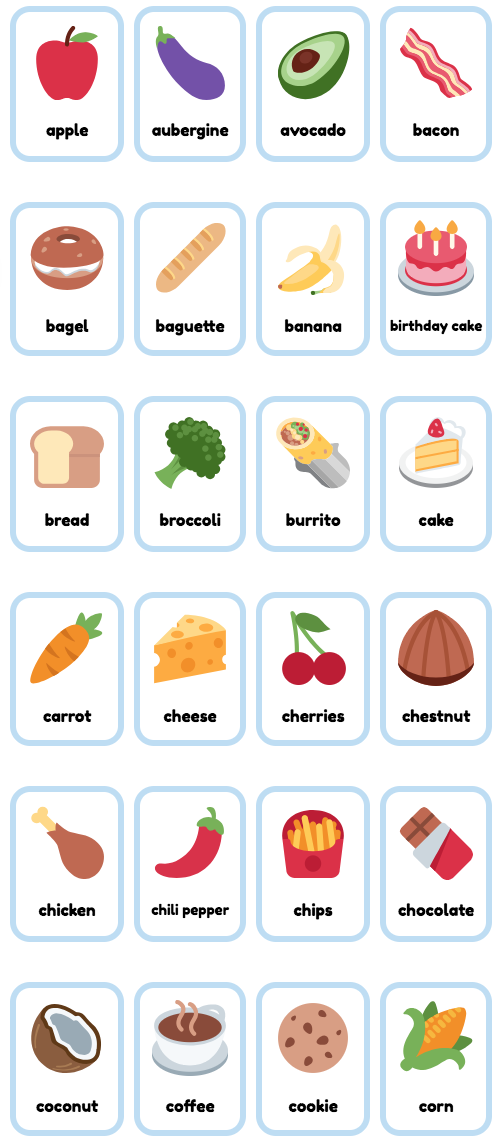 Playing at home or being outside, use the phrases and words you have already learned. If a child tells you: “Mom, look, a kitty!” Then answer: “Yes, it’s true, it’s a cat. How would it be in English? A cat. This is a cat.
Playing at home or being outside, use the phrases and words you have already learned. If a child tells you: “Mom, look, a kitty!” Then answer: “Yes, it’s true, it’s a cat. How would it be in English? A cat. This is a cat.
By the way, it's better to start learning not just individual words, but whole phrases at once, as in the example above. That is, to acquaint with the very, very basic grammar. After all, if you tell your child only words, he will only know the translation, and if you start using whole sentences, then he will memorize in sentences. nine0003
Visualization and variety are important for learning English with a child. Children may enjoy books in English with colorful pictures that can be read together at bedtime instead of the usual Russian fairy tales. Also, do not forget about special educational cartoons in English, where bright characters tell the child about the basics of the language or teach him the alphabet.
Play fun, educational games with your little one so they don't get bored while learning English.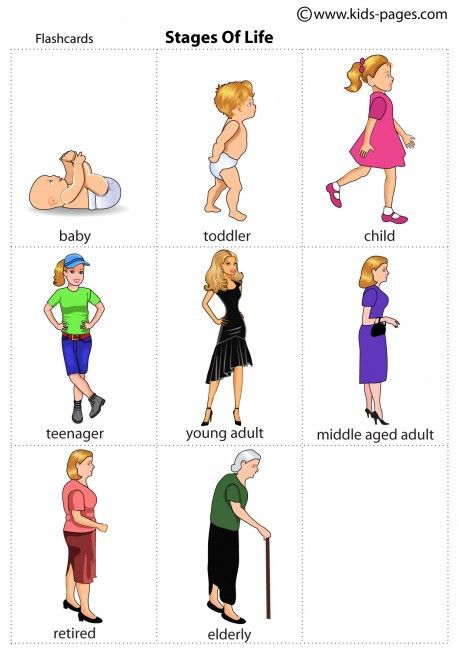 It can be cards, pantomimes, drawings and much more. nine0003
It can be cards, pantomimes, drawings and much more. nine0003
Basic set of words with transcription and translation
The first English words for children to start learning the language with are those that surround the child every day. Below you will find a list of such words by topic.
Family [ˈfæmɪli] - family
Mother [ˈmʌðə] - mother
Father [ˈfɑːðə] - father
Brother [ˈbrʌðə] - brother
Sister [ˈsɪstə] - sister
Grandmother [ˈgrænˌmʌðə] - grandmother
Grandfather [ˈgrændˌfɑːðə] - grandfather
Body [ ˈbɒdi ]
Head [head] - head
Hair [heə] - hair
Eyes [aɪz] - eyes
Nose [nəʊz] - nose
Teeth [tiːθ] - teeth
Lips [lɪps] - lips
Ears [ɪəz] - ears
Neck [nek] - neck
Shoulders [ˈʃəʊldəz] - shoulders
Leg [leg] - leg
Feet [fiːt] - feet
Pets [ pets ]
Dog [dɒg] - dog
Cat [kæt] - cat
Kitten [ˈkɪtn] - kitten
Puppy [ˈpʌpi] - puppy
Rabbit [ˈræbɪt] - rabbit
Parrot [ˈpærət] - parrot
Fish [fɪʃ] - fish
Hamster [ˈhæmstə] - hamster
Snake [sneɪk] - snake
Turtle [ˈtɜːtl] - turtle
Animals [ ˈænɪməlz ]
Goat [gəʊt] - goat
Pig [pɪg] - pig
Sheep [ʃiːp] - sheep
Horse [hɔːs] - horse
Cow [kaʊ] - cow
Goose [guːs] - goose
Chicken [ˈʧɪkɪn] - chicken
Duck [dʌk] - duck
Cockerel [ˈkɒkərəl] - cock
Fox [fɒks] - fox
Wolf [wʊlf] - wolf
Bear [beə] - bear
Hare [heə] - hare
Elephant [ˈelɪfənt] - elephant
Tiger [ˈtaɪgə] - tiger
Lion [ˈlaɪən] - lion
Crocodile [ˈkrɒkədaɪl] - crocodile
Giraffe [ʤɪˈrɑːf] - giraffe
Colors
Red [red]
Green [griːn] - green
Blue [bluː] - blue
Orange [ˈɒrɪnʤ] - orange
Yellow [ˈjeləʊ] - yellow
Pink [pɪŋk] - pink
Gray [greɪ] - gray
Black [blæk] - black
White [waɪt] - white
Purple [ˈpɜːpl] - purple
Brown [braʊn] - brown
Food
Water [ˈwɔːtə] - water
Tea [tiː] - tea
Juice [ʤuːs] - juice
Sugar [ˈʃʊgə] - sugar
Salt [sɒlt] - salt
Yogurt [ˈjɒgət] - yogurt
Bread [bred] - bread
Milk [mɪlk] - milk
Cheese [ʧiːz] - cheese
Eggs [egz] - eggs
Butter [ˈbʌtə] - oil
Meat [miːt] - meat
Cookies [ˈkʊkiz] - cookies
Chocolate [ˈʧɒkəlɪt] - chocolate nine0057
Fruits [ fruːts ]
Apple [ˈæpl] - apple
Pear [peər] - pear
Orange [ˈɒrɪnʤ] - orange
Banana [bəˈnɑːnə] - banana
Lemon [ˈlemən] - lemon
Pineapple [ˈpaɪnˌæpl] - pineapple
Grapes [greɪps] - grapes
Kiwi [ˈkiːwi:] - kiwi
Tangerine [tæn(d)ʒəˈriːn] — Mandarin
Melon [ˈmelən] - melon
Watermelon [ˈwɔːtəˌmelən] - watermelon
Peach [piːʧ] - peach
Vegetables
Carrot [ˈkærət] - carrot
Onion [ˈʌnjən] - bow
Garlic [ˈgɑːlɪk] - garlic
Tomato [təˈmɑːtəʊ] - tomato
Cabbage [ˈkæbɪʤ] - cabbage
Pepper [ˈpepər] - pepper
Potato [pəˈteɪtəʊ] - potato
Cucumber [ˈkjuːkʌmbə] - cucumber
House [haʊs]
Bedroom [ˈbedruːm] - bedroom
Living room [ˈlɪvɪŋ ruːm] - living room
Kitchen [ˈkɪʧɪn] - kitchen
Bathroom [ˈbɑːθruːm] - bathroom
Fridge [frɪʤ] - refrigerator
Cooker [ˈkʊkə] - plate
Table [ˈteɪbl] - table
Chair [ʧeə] - chair
Sofa [ˈsəʊfə] - sofa
Bed [bed] - bed
Window [ˈwɪndəʊ] - window
Mirror [ˈmɪrə] - mirror
Towel [ˈtaʊəl] - towel
Toothbrush [ˈtuːθbrʌʃ] - toothbrush
Toothpaste [ˈtuːθpeɪst] - toothpaste
Wardrobe [ˈwɔːdrəʊb] - wardrobe
Cup [kʌp] - mug
Plate [pleɪt] - plate
Bowl [bəʊl] - bowl
Fork [fɔːk] - fork
Spoon [spuːn] - spoon
Knife [naɪf] - knife
Clock [klɒk] - hours
Clothes [ kləʊðz ]
Dress [dres] - dress
Skirt [skɜːt] - skirt
Shirt [ʃɜːt] - shirt
T-shirt [ˈtiːʃɜːt] - T-shirt
Jeans [ʤiːnz] - jeans
Trousers [ˈtraʊzəz] - pants
Shorts [ʃɔːts] - shorts
Jumper [ˈʤʌmpə] - sweater
Suit [suːt] - suit
Coat [kəʊt] - coat
Hat [hæt] - hat
Socks [sɒks] - socks
Months [ mʌnθs ] - months
January [ˈʤænjʊəri] - January
February [ˈfebrʊəri] - February
March [mɑːʧ] - March
April [ˈeɪprəl] - April
May [meɪ] - May
June [ʤuːn] - June
July [ʤu(ː)ˈlaɪ] - July
August [ˈɔːgəst] - August
September [sepˈtɛmbər] - September
October [ɒkˈtəʊbə] - October
November [nəʊˈvembə] - November
December [dɪˈsembə] - December
Weather [ ˈweðə ]
Sun [sʌn] - sun
Rain [reɪn] - rain
Cloud [klaʊd] - cloud
Wind [wɪnd] - wind
Snow [snəʊ] - snow
Fog [fɒg] - fog
Cold [kəʊld] - cold
Hot [hɒt] - hot
Winter [ˈwɪntə] - winter
Spring [sprɪŋ] - spring
Summer [ˈsʌmər] - summer
Autumn [ˈɔːtəm] - autumn
This list of first English words for children is far from complete.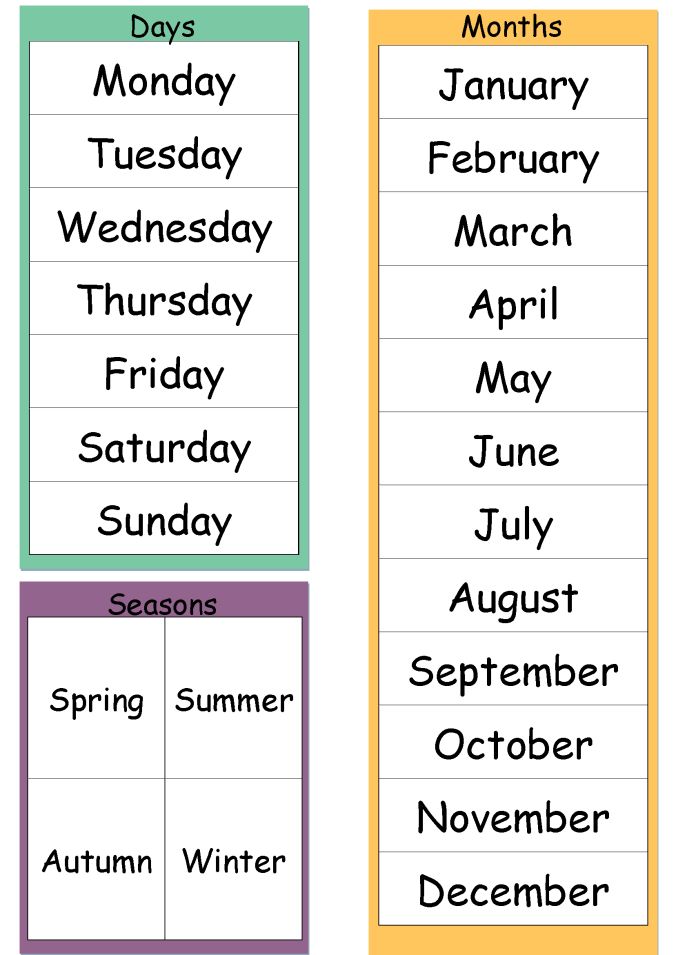 Include in it those words that the child encounters daily.
Include in it those words that the child encounters daily.
And most importantly, do not forget: in order to teach your child English from an early age, you need to be confident in your knowledge. You can check your level of English before you start learning the language with your child here. nine0059
children's words in English
Child. This word in English means child. It can often be found in the list of the most beautiful words. In the same place you will read: sweetheart - cute; butterfly - butterfly; inspiration - inspiration. In Russian, many diminutive words are invented by the children themselves: mommy, toy, yummy. We decided to make a list of "The most kind, touching and cute children's words in English." nine0003
Many people watch films, cartoons for children in English, and there such words are found in large numbers. Perhaps you have acquaintances or friends with children abroad - here you will definitely need a short study of English from the world of children.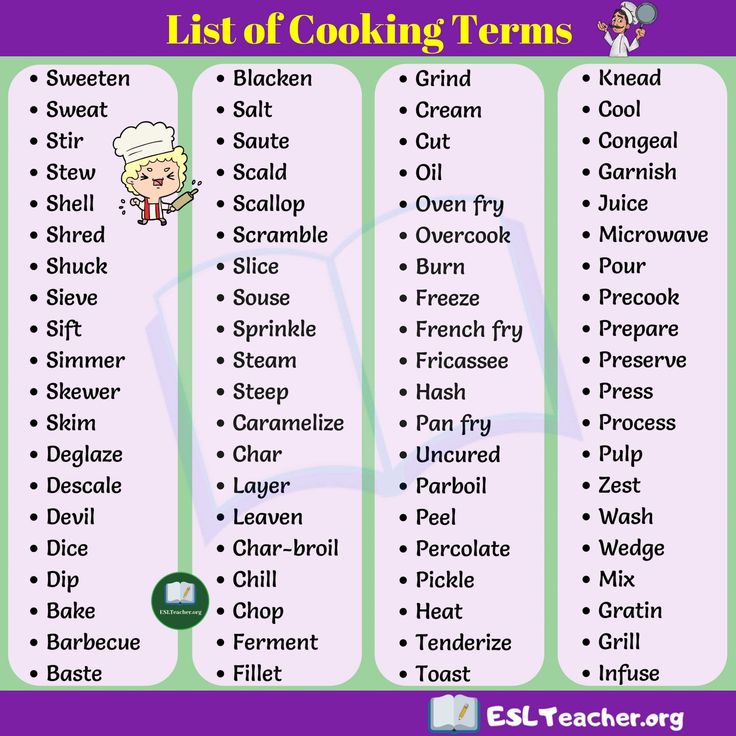
We are used to the fact that any English text consists of standard words on various topics, from which English learning begins. In a kindergarten, for example, they can study the language with children, but they also do not always use children's words in English. Now we will tell you what words are most common among children of native speakers. nine0057 Diminutive children's words in English are created using suffixes: -y / -ie.
For example:
Dog doggy - doggy.
Doll dolly - doll.
horse horsie - a horse.
Tune in the right way, remember your childhood and let's dive into the world of children's English together! Let's start learning with a vocabulary for kids.
Binky
Yummy
Uppy
Tiny-winy
Tag
Roly-poly
Go beddy-byes
A child's first word is often about their parents. When the baby says "mom" or "dad" - the soul rejoices, and you just blur in a smile. Over time, the baby learns to talk and affectionately calls you "mommy" and "daddy.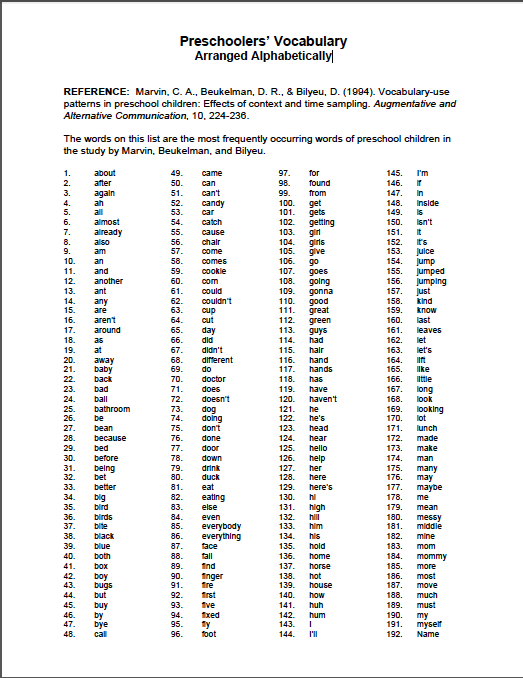 "
"
Such children's words in English will sound no less cute 🙂
Mommy ─ mommy; mommy.
Daddy daddy.
Children often say "granny". In English, it will sound like "nanny".
Since only a few words in English can be made into diminutive formations, native speakers, for the most part, add the words "little", "sweet", "dear" to soften the word.
Let's take, for example, the space that surrounds a small child and the place of his first games. The very word “house” for a kid learning English will sound like for an adult - “house”, however, if you add “little”, a serious adult house will turn into a house or even a little house familiar to a Russian-speaking child. The same thing happens with the room - in English it will sound like "little room". But a small city a kid can translate and how "little town", and as "townlet".
There are also more complex suffixes that add emotional coloring not only to children's English, but also to ordinary speech.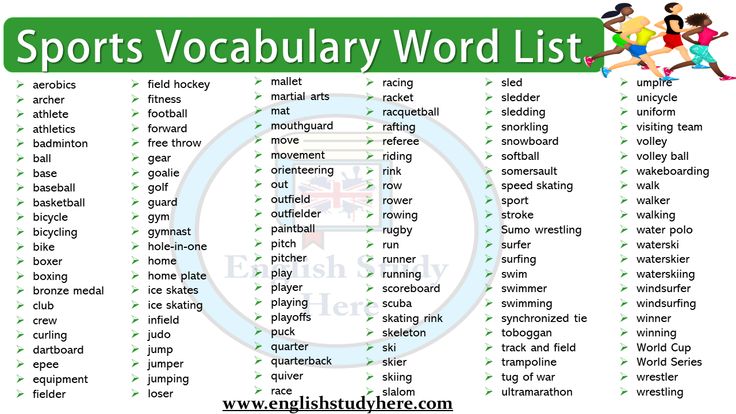 The already mentioned townlet is just one of many examples. Let's look at them in a table.
The already mentioned townlet is just one of many examples. Let's look at them in a table.
| Suffix | English | Russian |
| -let | islet | islet |
| -kin | boykin | boy |
| -ule | animacule | animal |
| -ette | kitchenette | kitchenette |
| -ock | hillock | mound |
| +ling | catling; manling; firstling | kitten; little man; firstborn |
Children use diminutive suffixes not only to name small animals and their cubs, but also for affectionate designations of already adult animals and birds. Here's what it looks like:
owlet - owlet
dovelet - dove
leveret - hare
piglet - pig
In fact, with the right suffixes, almost any word can be made cute and affectionate.